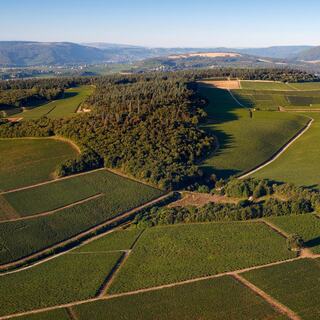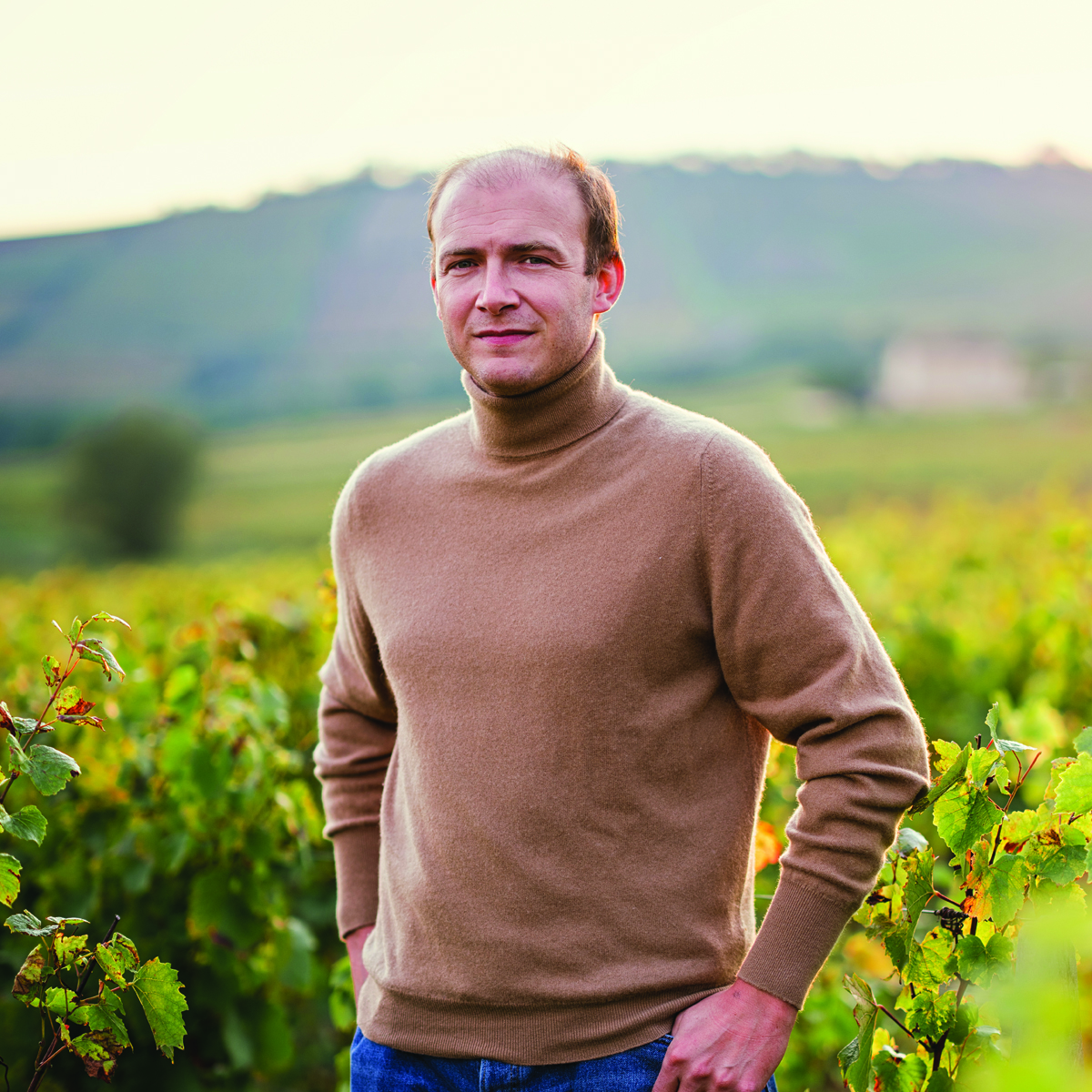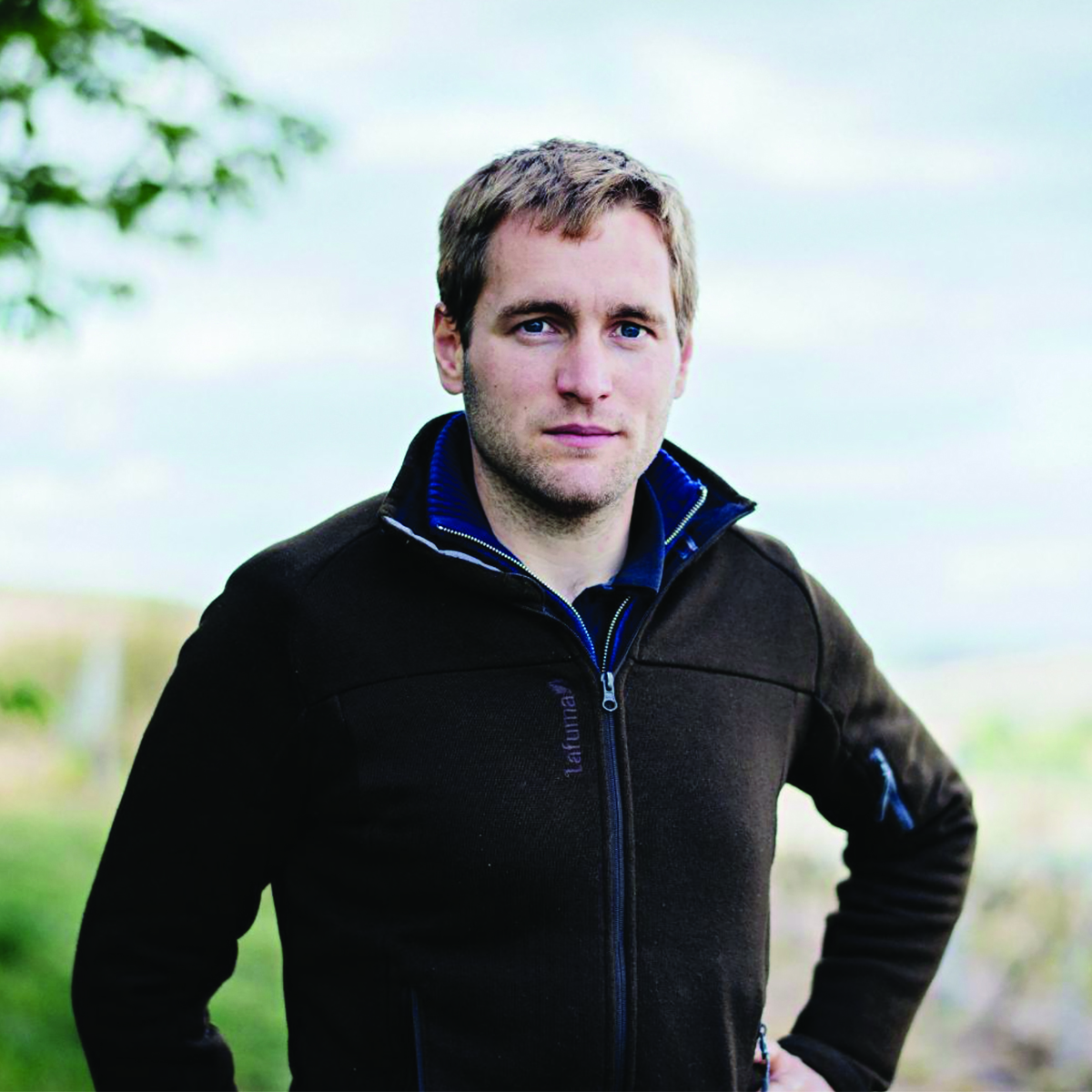Château du Moulin-à-Vent Story

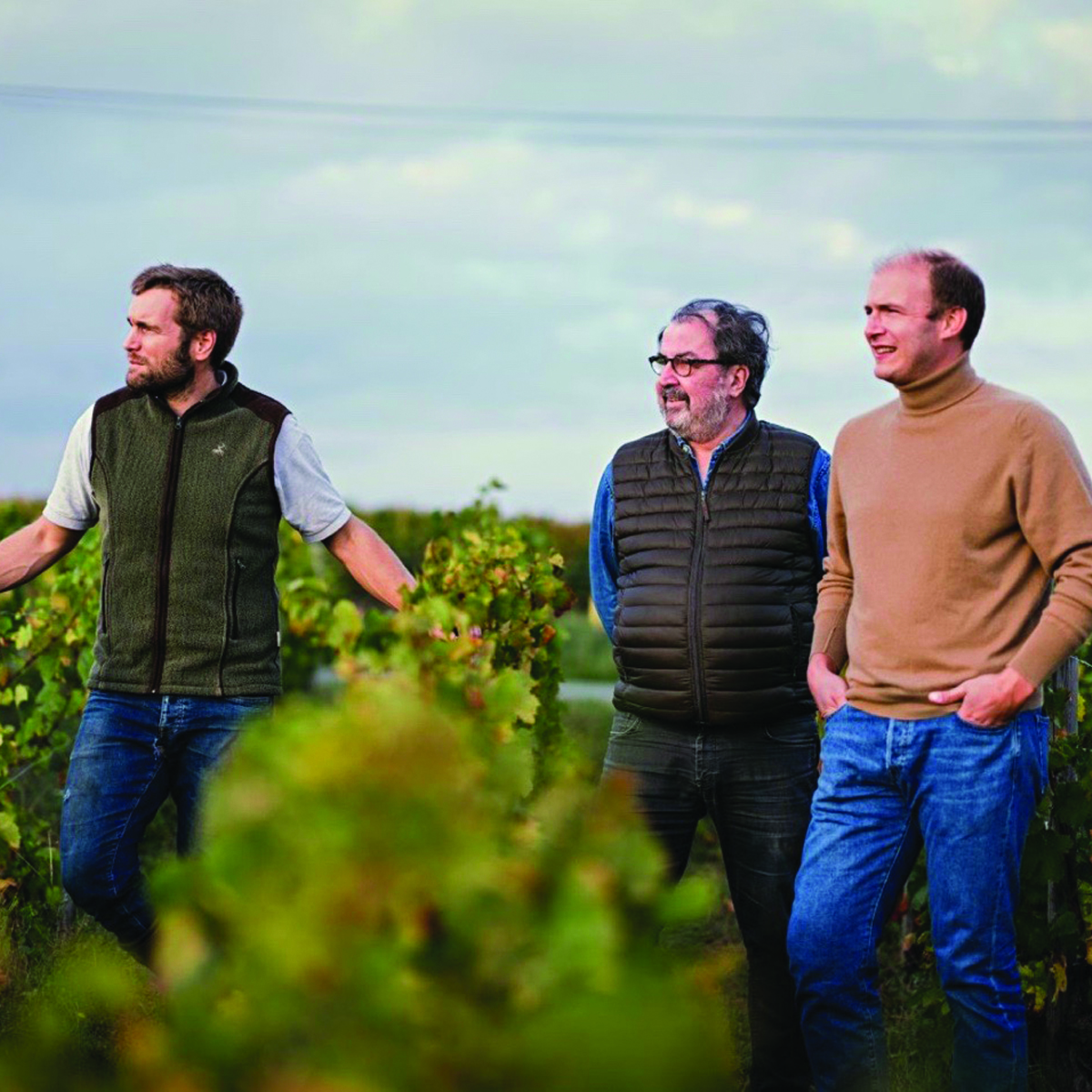
Located in the southernmost tip of the Burgundy region, Moulin-à-Vent was one of the first appellations established in 1924 and later awarded AOC status in 1936. Château du Moulin-à-Vent, named for the 300-year-old stone windmill atop the hill of Les Thorins, dates back to 1732, when it was called Château des Thorins.


History
Moulin-à-Vent was one of the first appellations awarded AOC status in 1936. Château du Moulin-à-Vent, named for the 500-year-old stone windmill atop the hill of Les Thorins, dates back to 1732, when it was called Château...
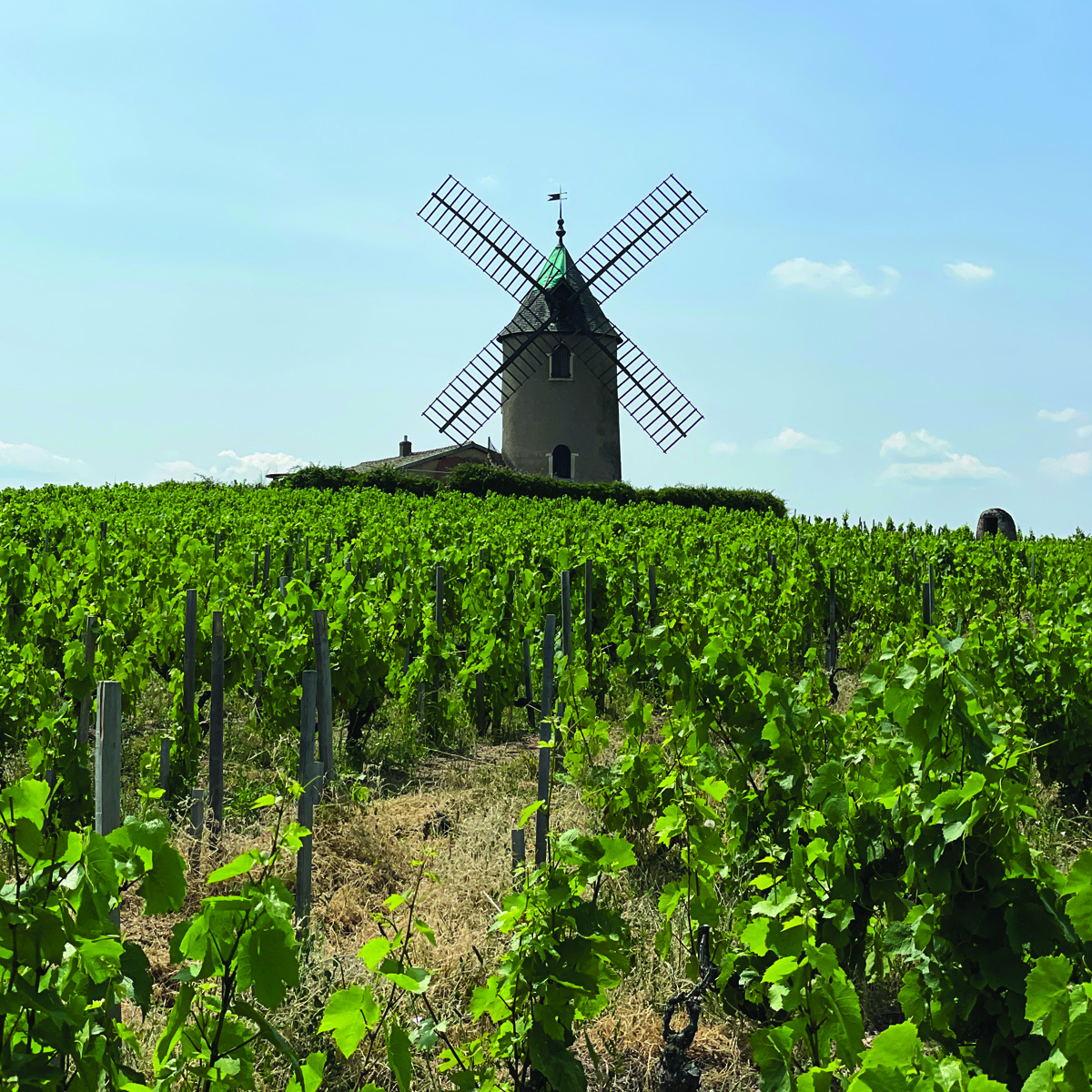

Vineyards
Château du Moulin-à-Vent is located 10 kilometers south of Mâcon, at the southernmost tip of the region of Burgundy. For centuries it was named Château des Thorins, as it is situated on the hill of Les Thorins, one of th...


Winemaking
At Château du Moulin-à-Vent, the grapes are selectively hand-harvested and transported immediately to the winery in small containers to prevent crushing of the grape clusters and to avoid pre-oxidation of the juice. Ever...
Biographies

Bourgogne
The birthplace of Pinot Noir and Chardonnay, Bourgogne is a region shaped by ancient monasteries and renowned family estates. With its limestone, clay, and marl soils and cool climate, it produces wines of unmatched finesse, making it the pinnacle of wine regions for many.
